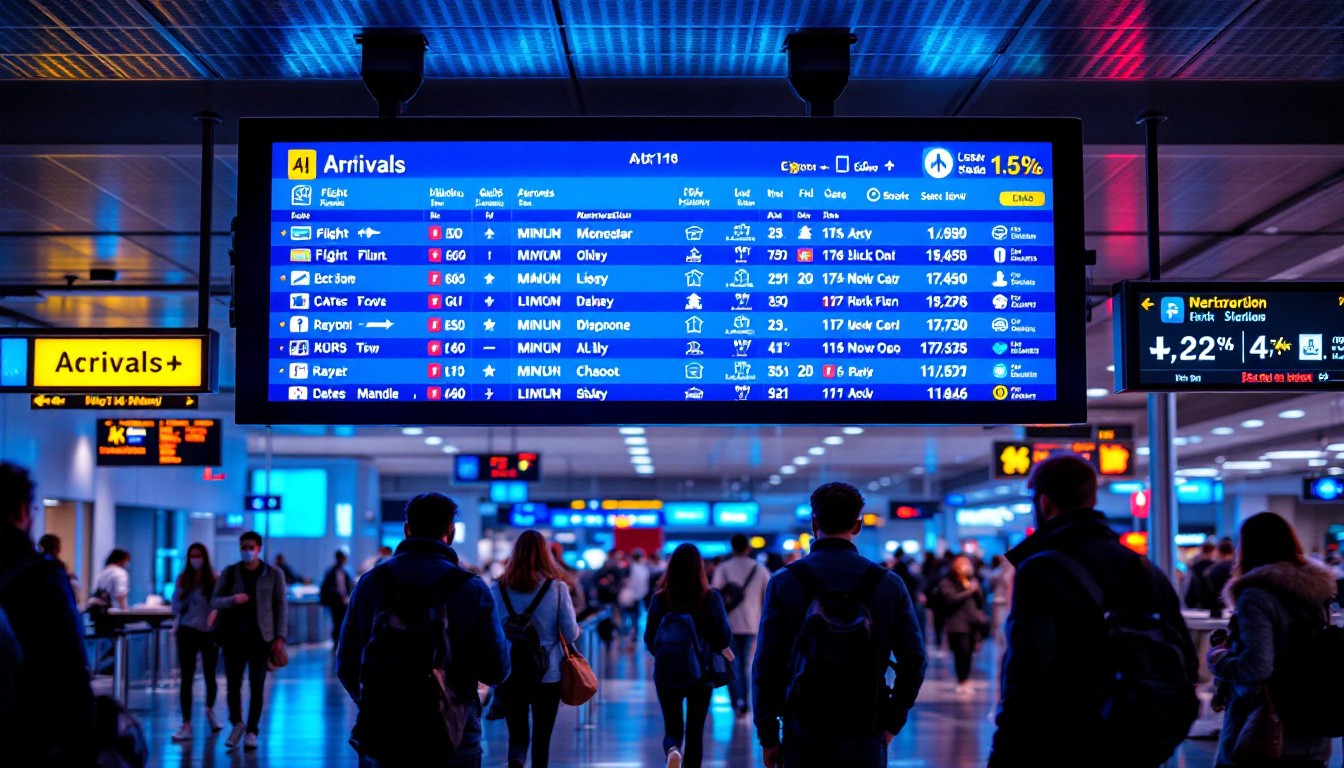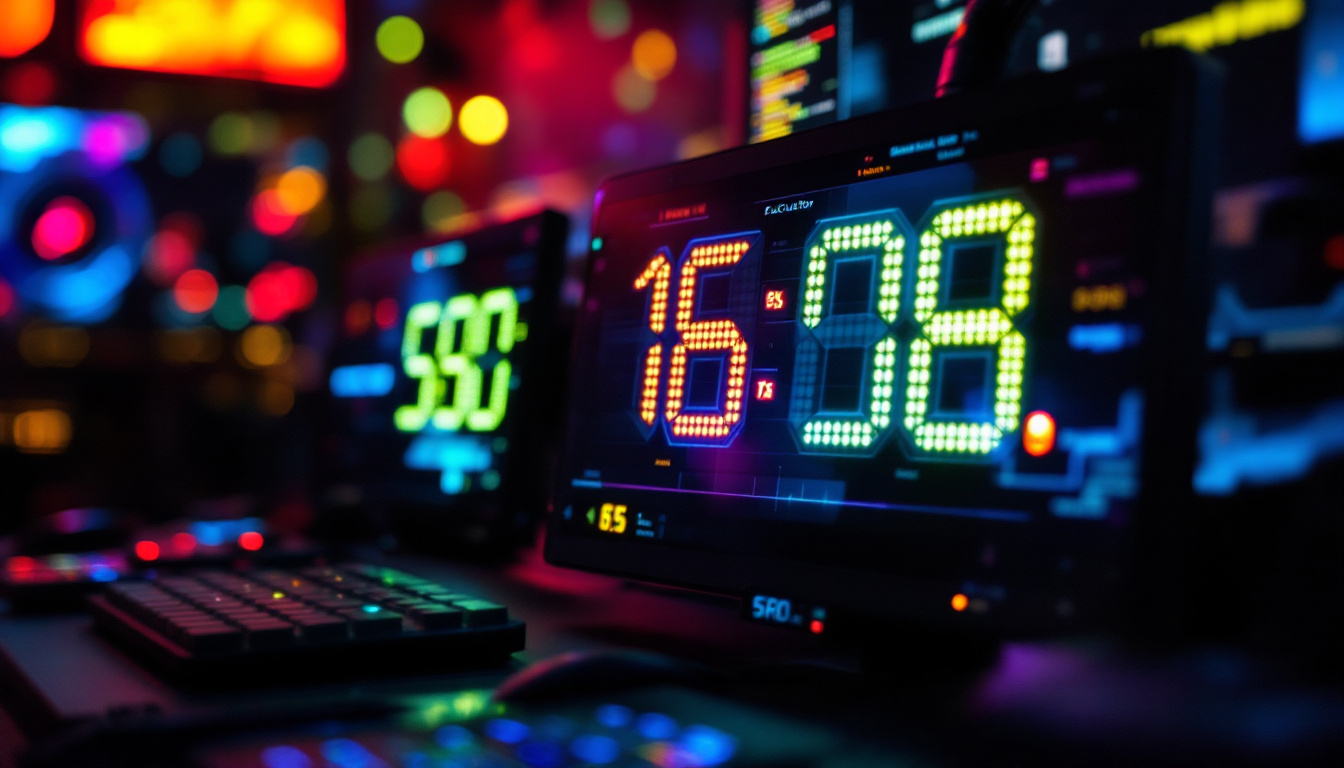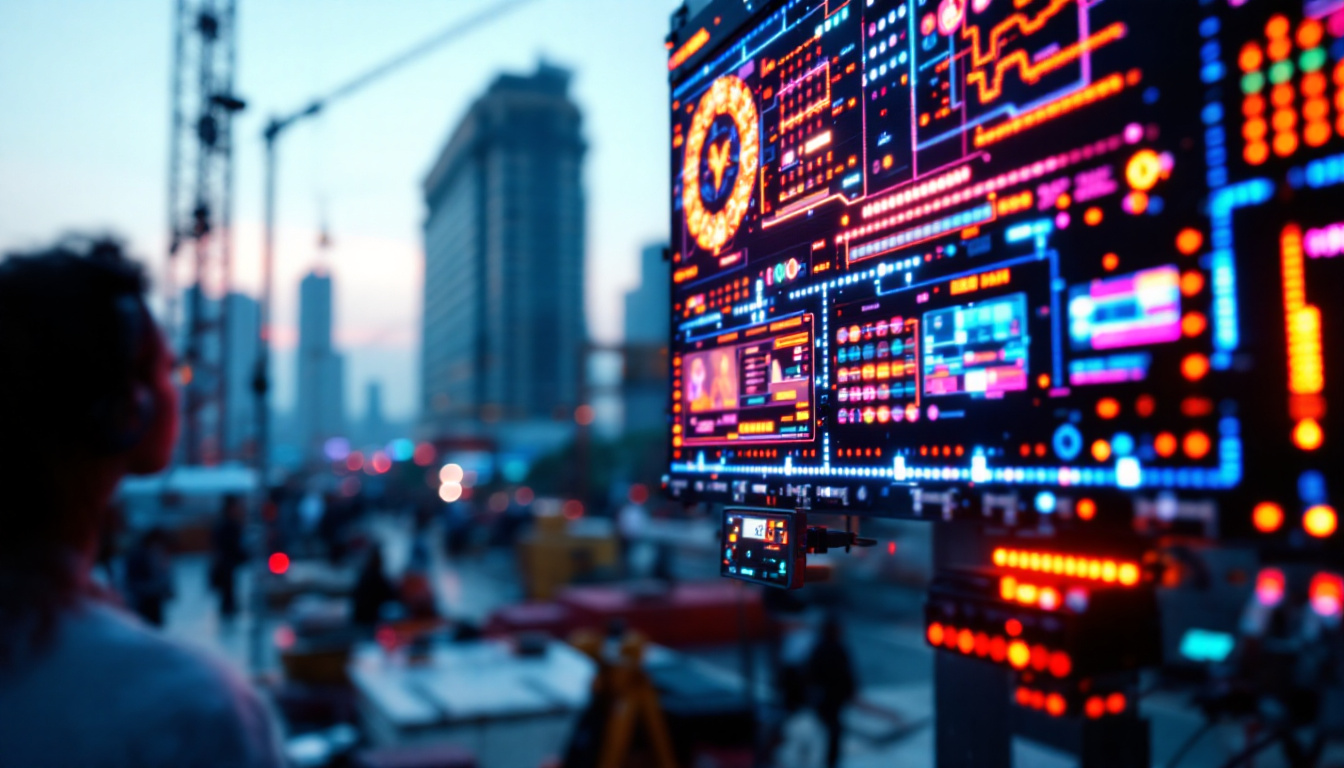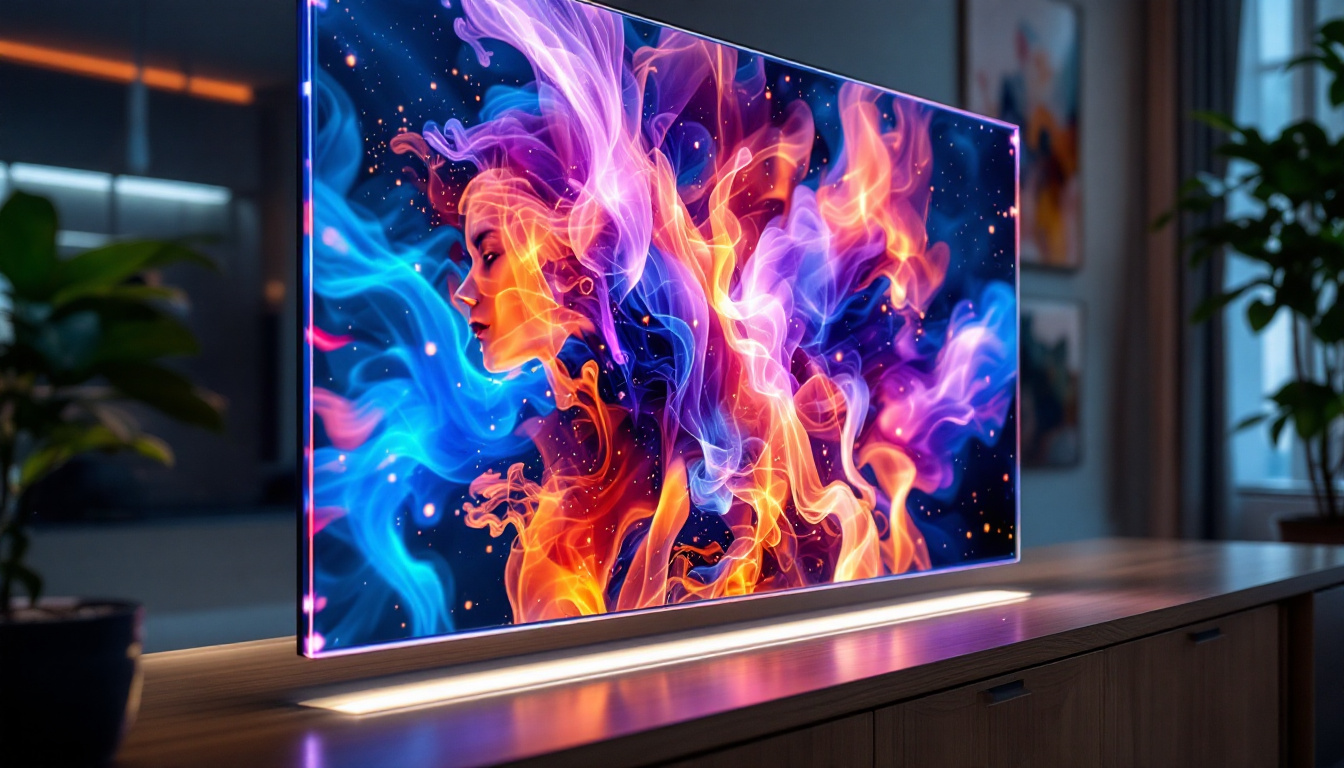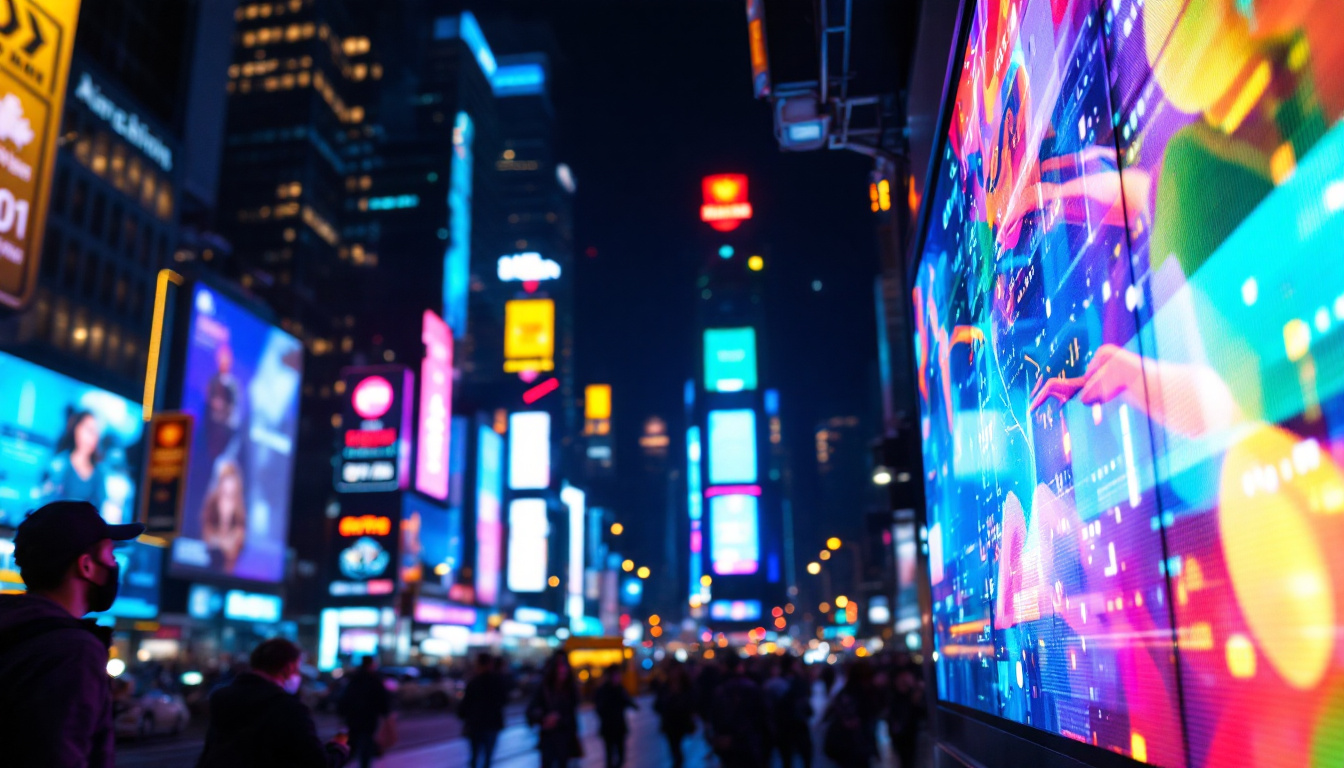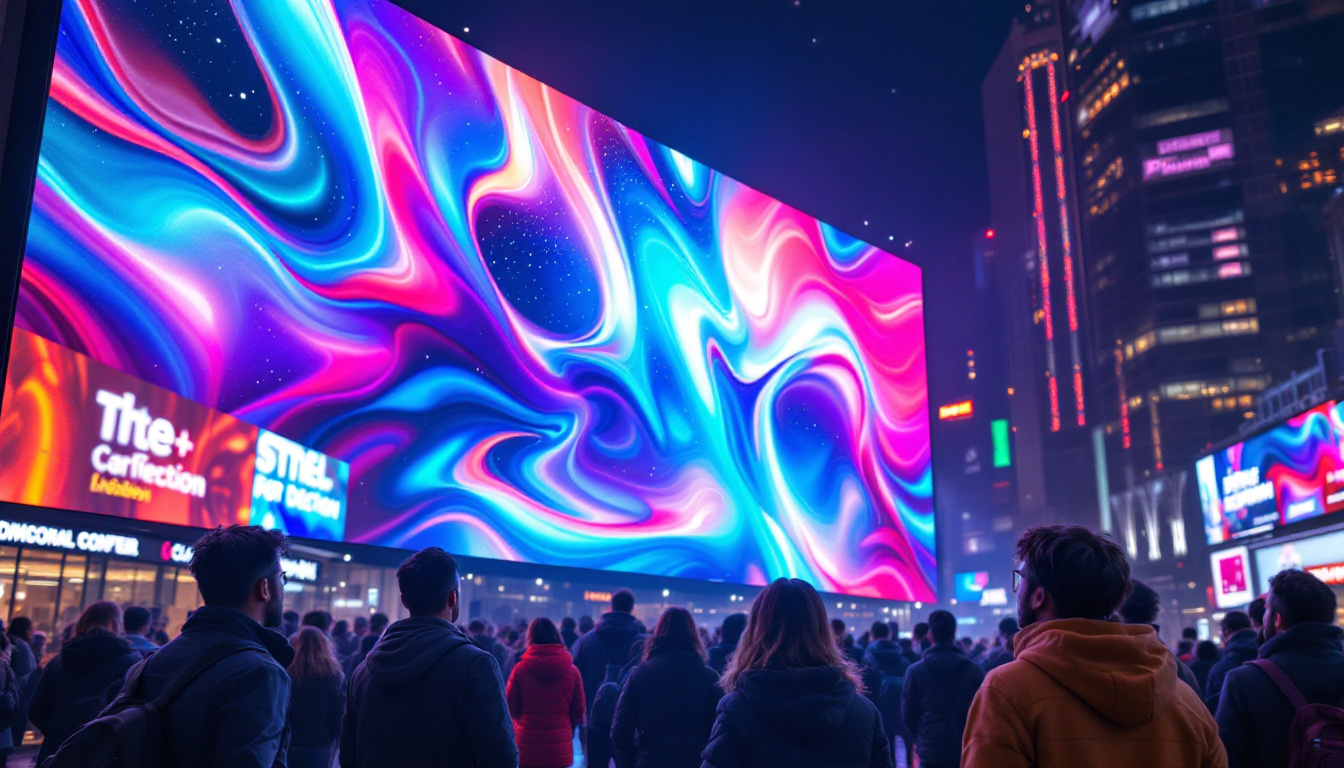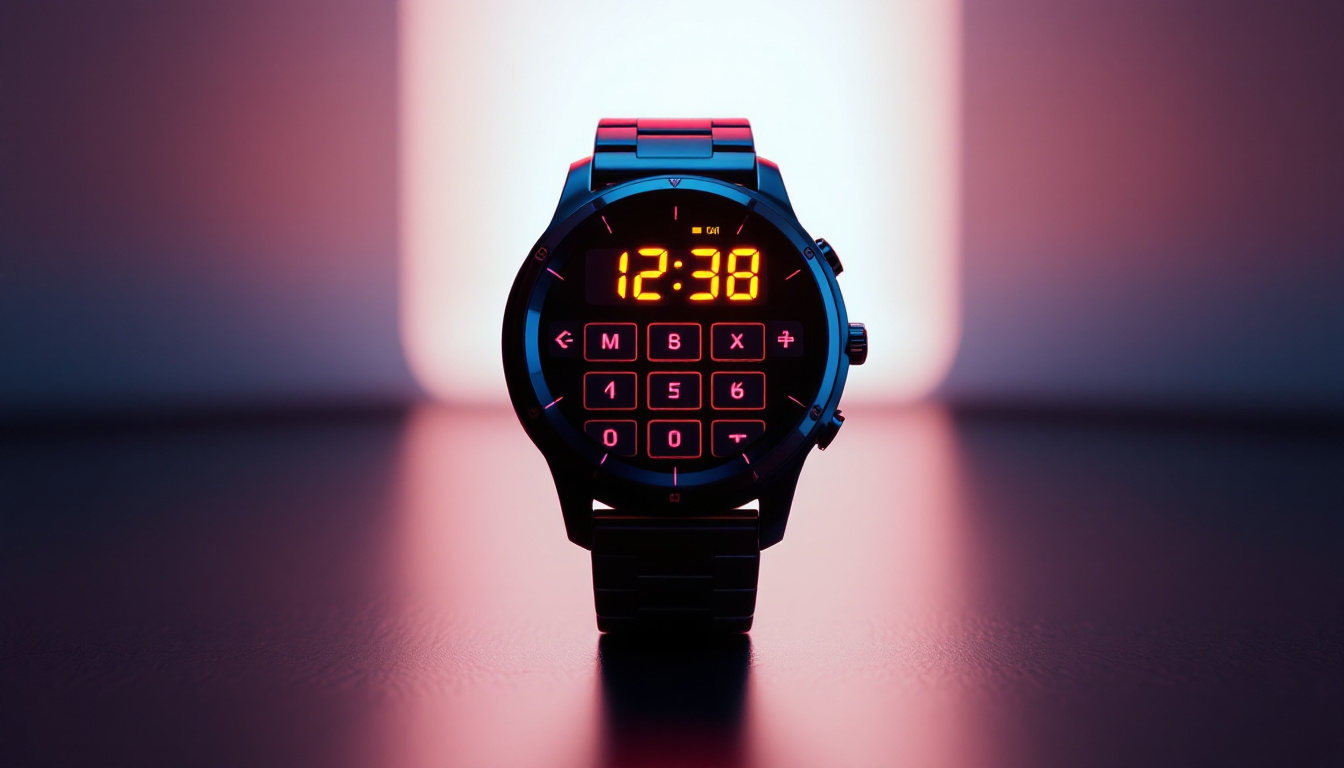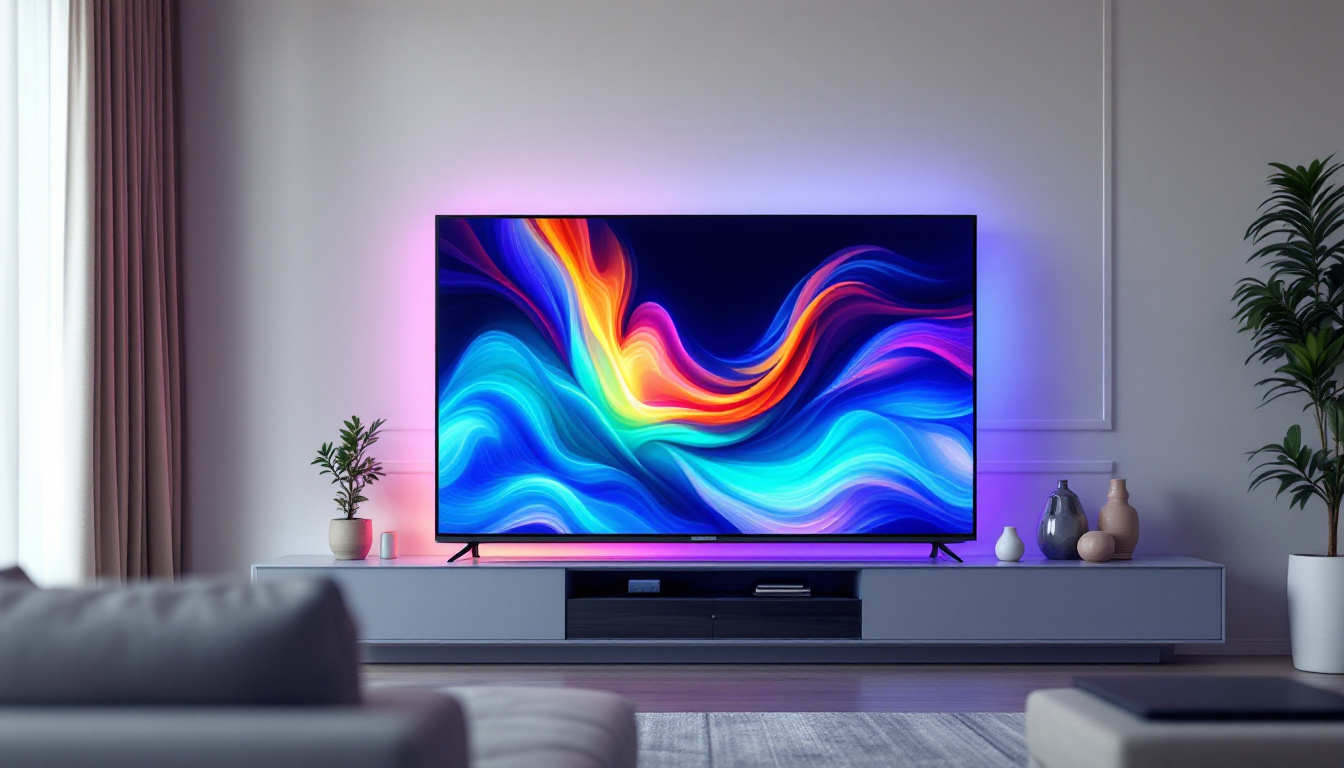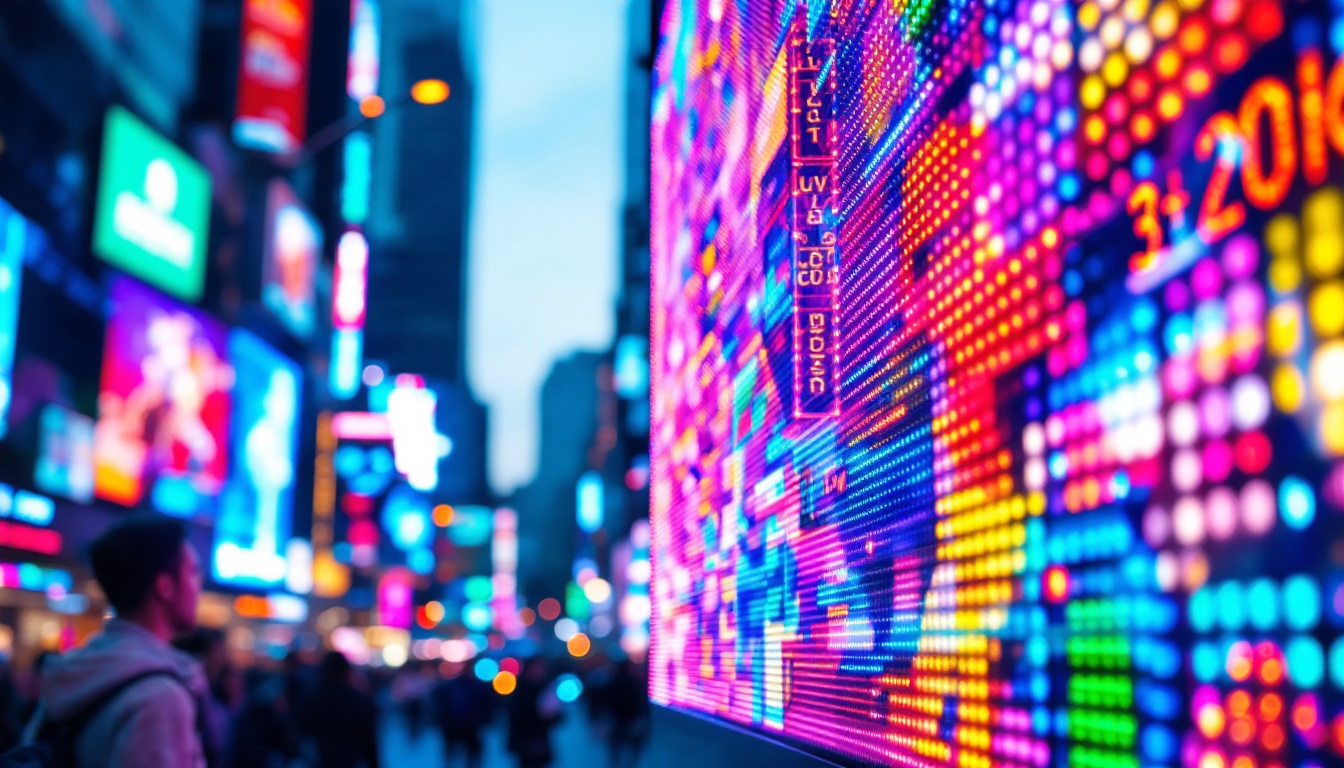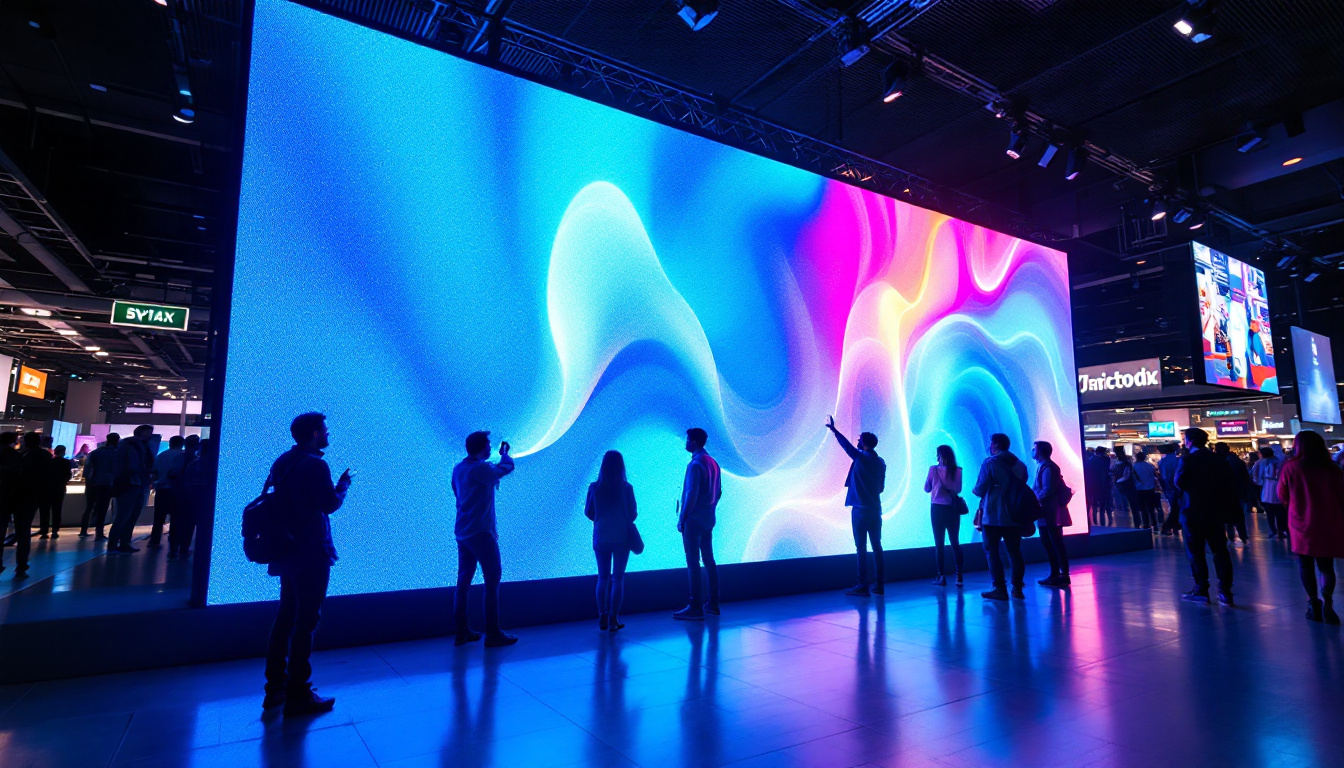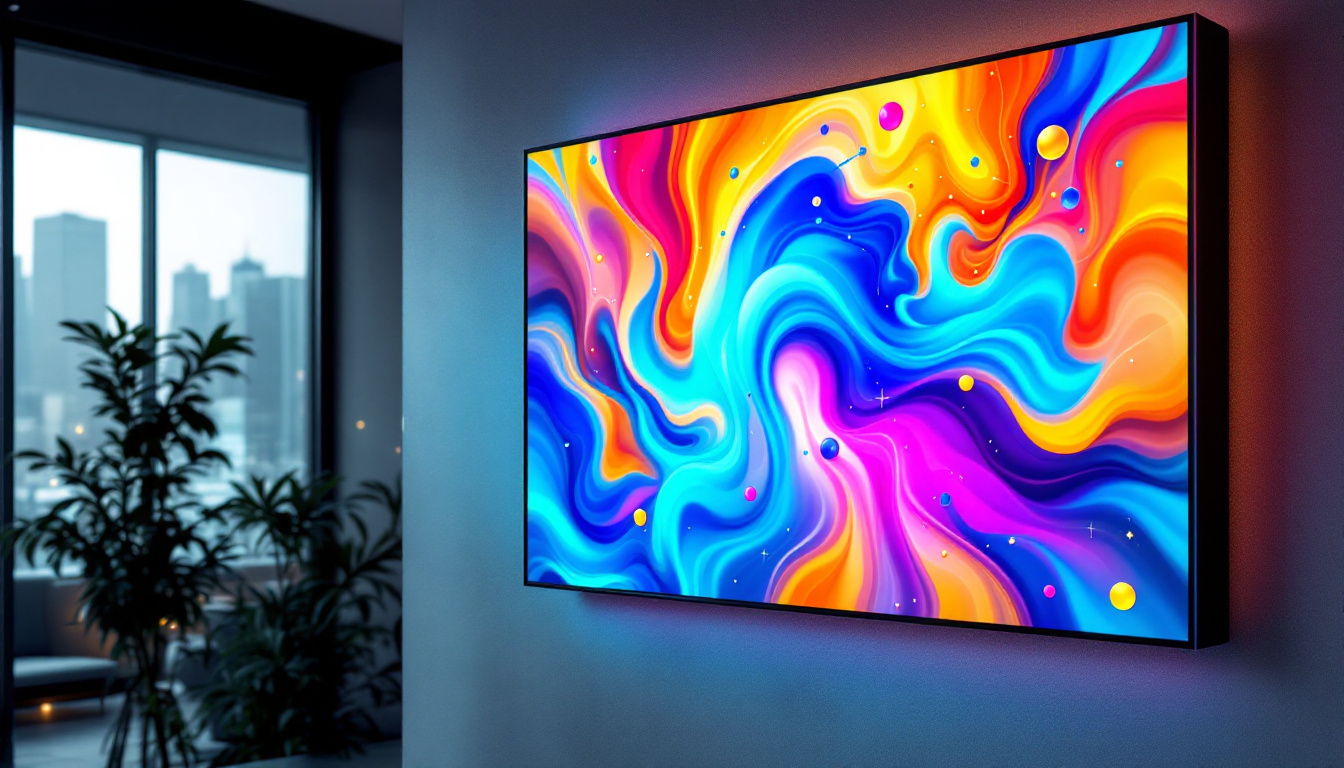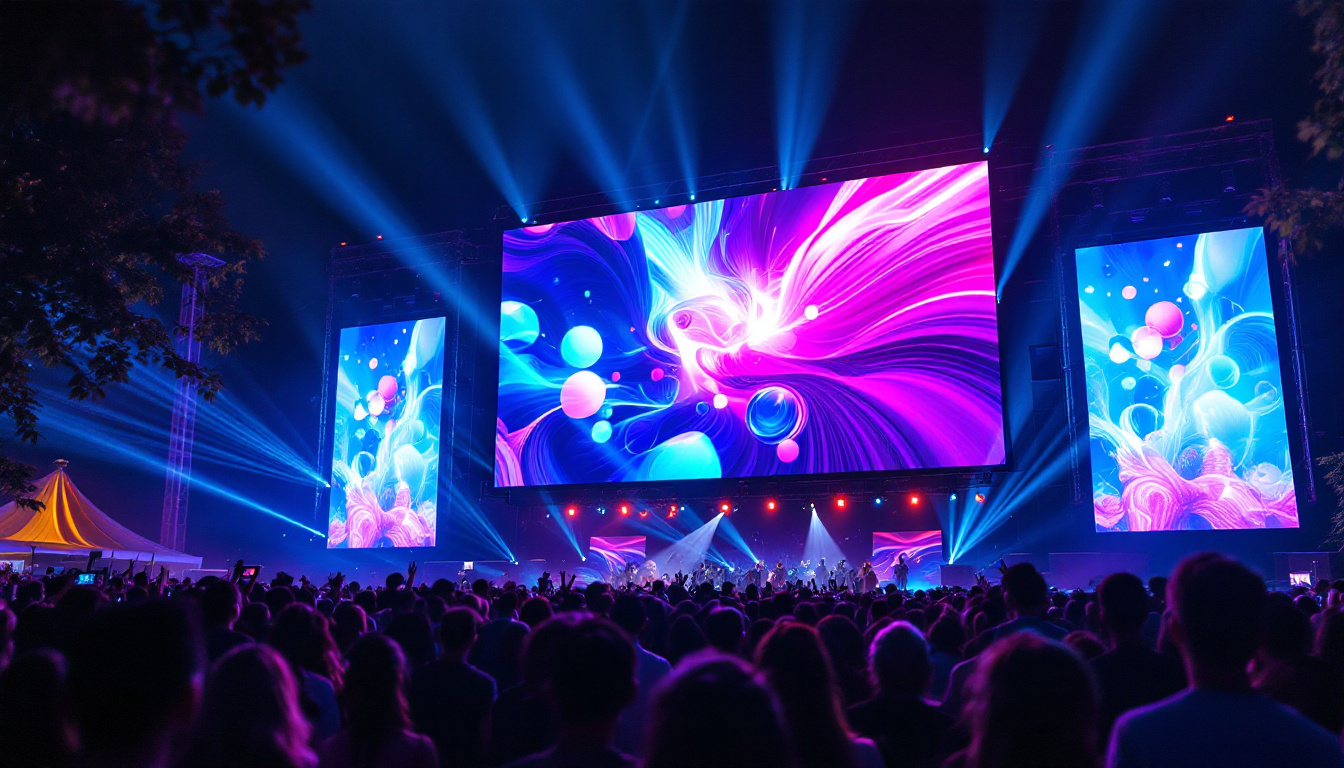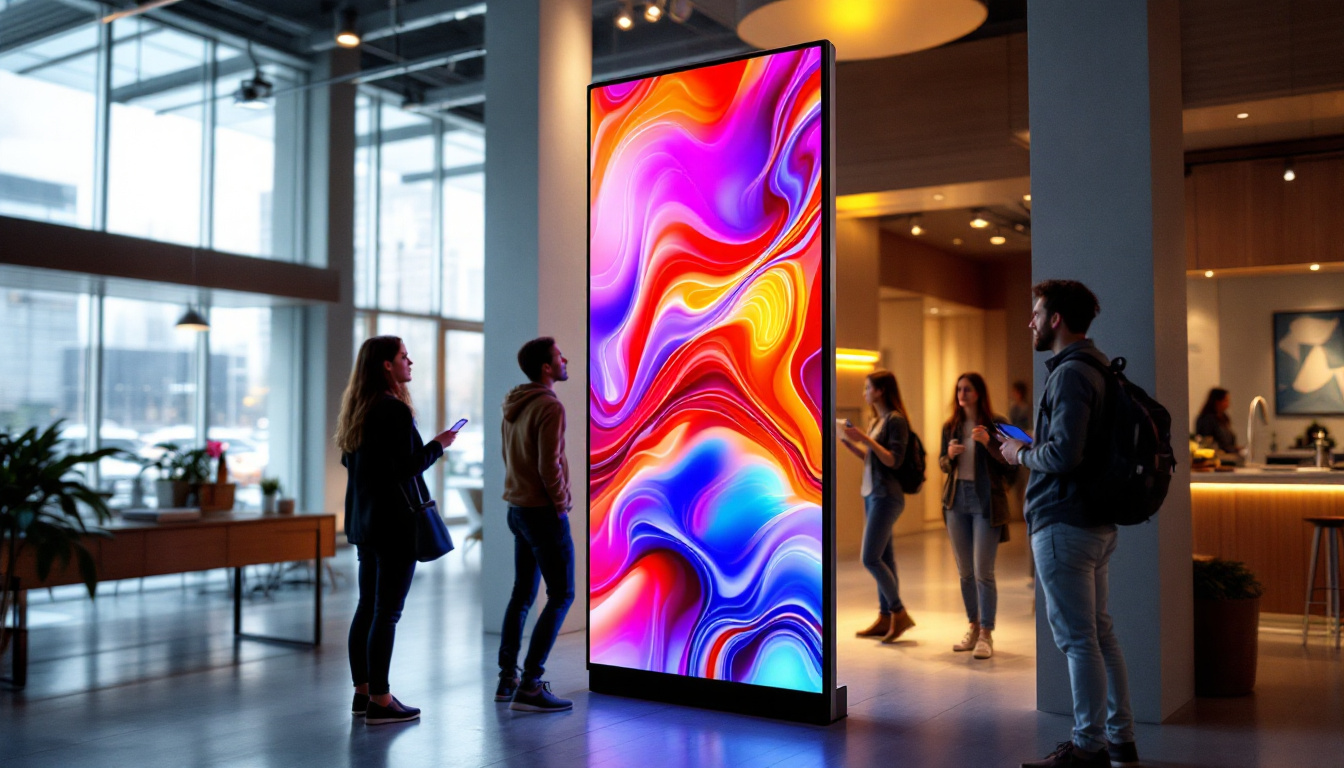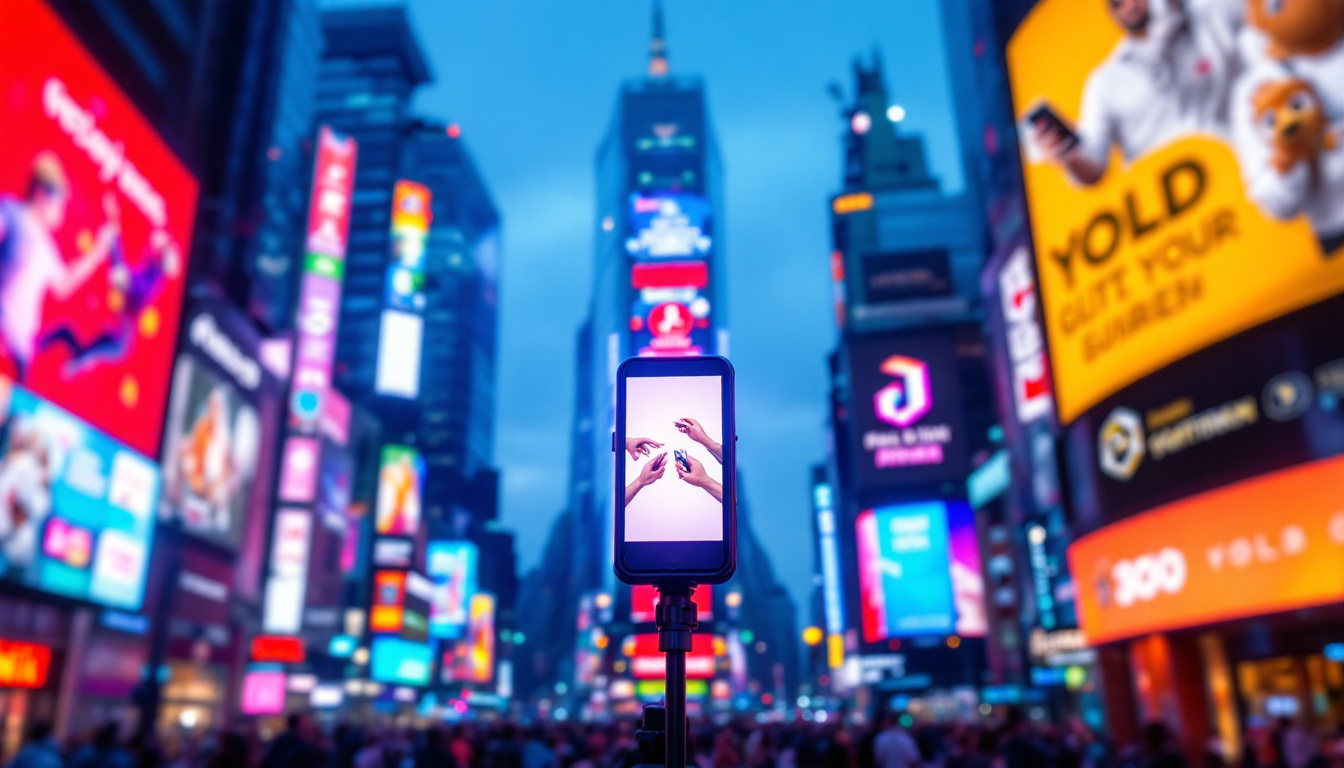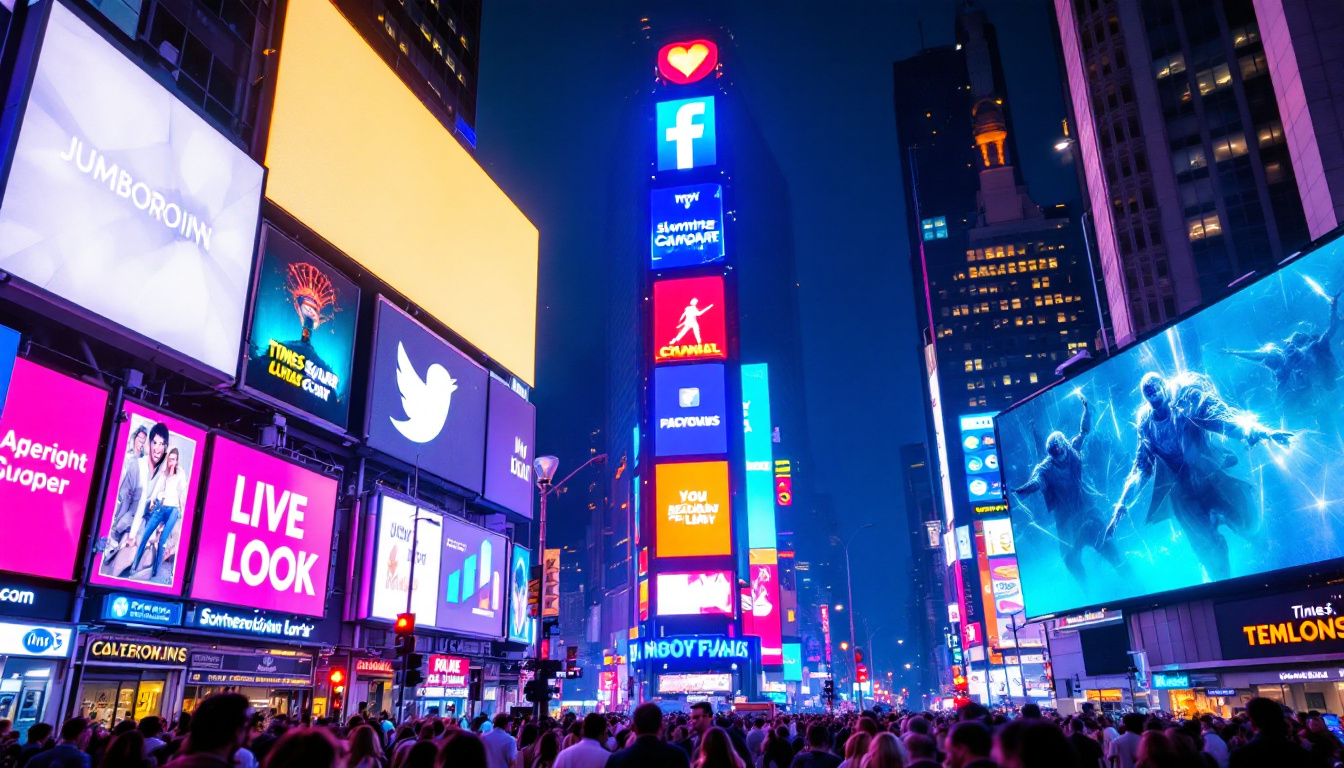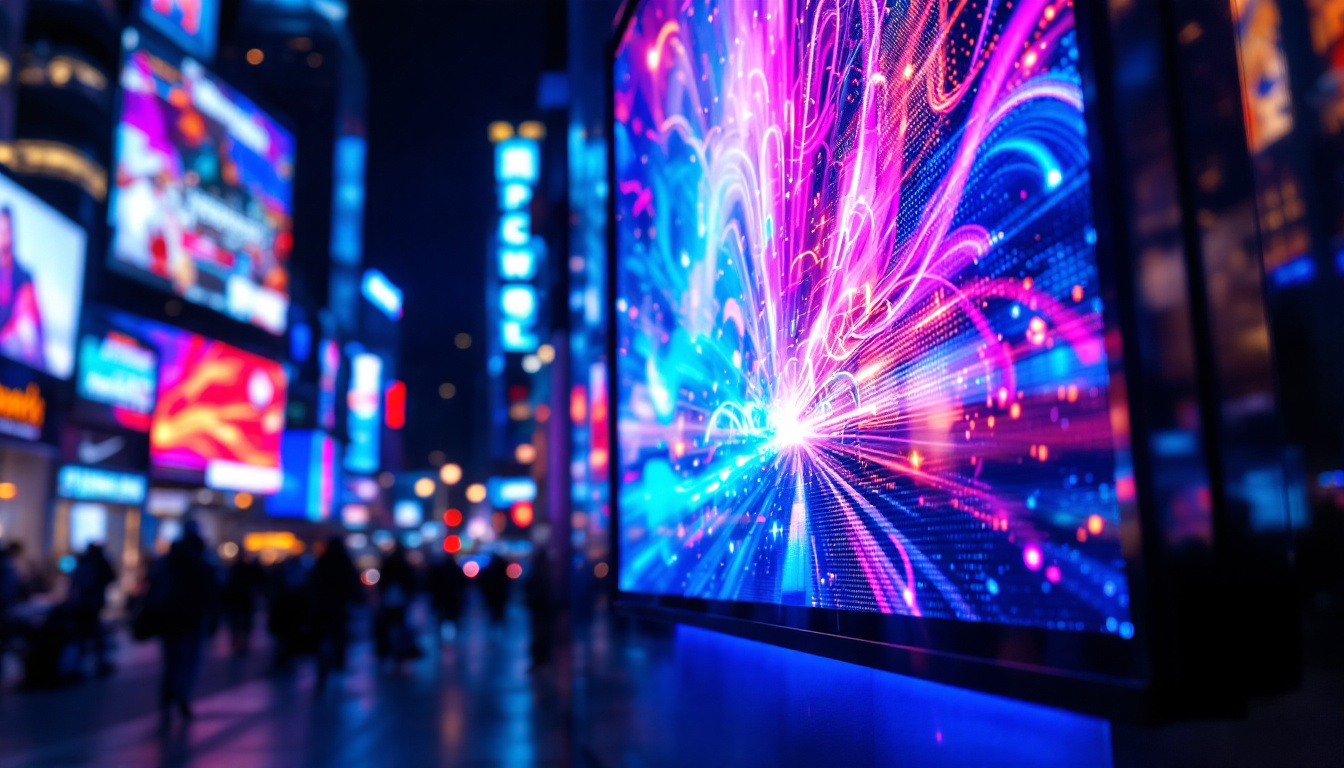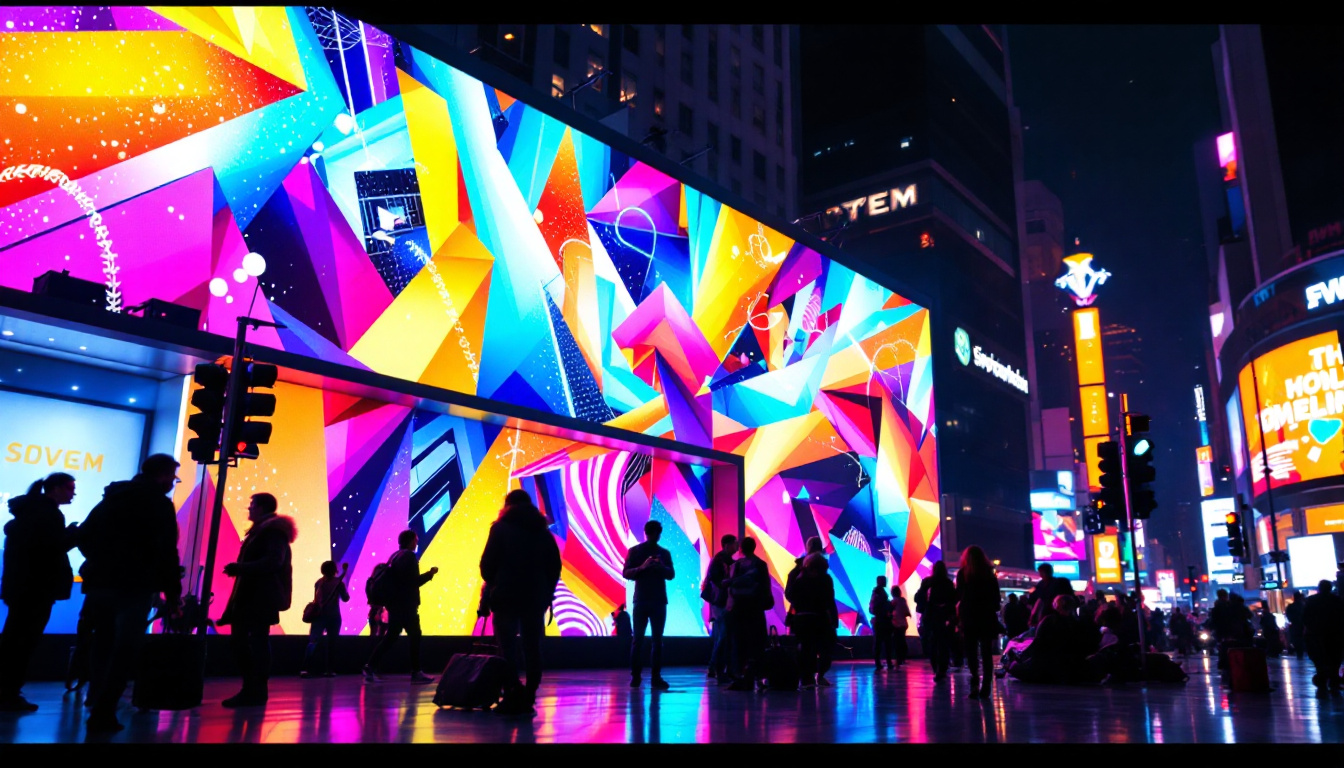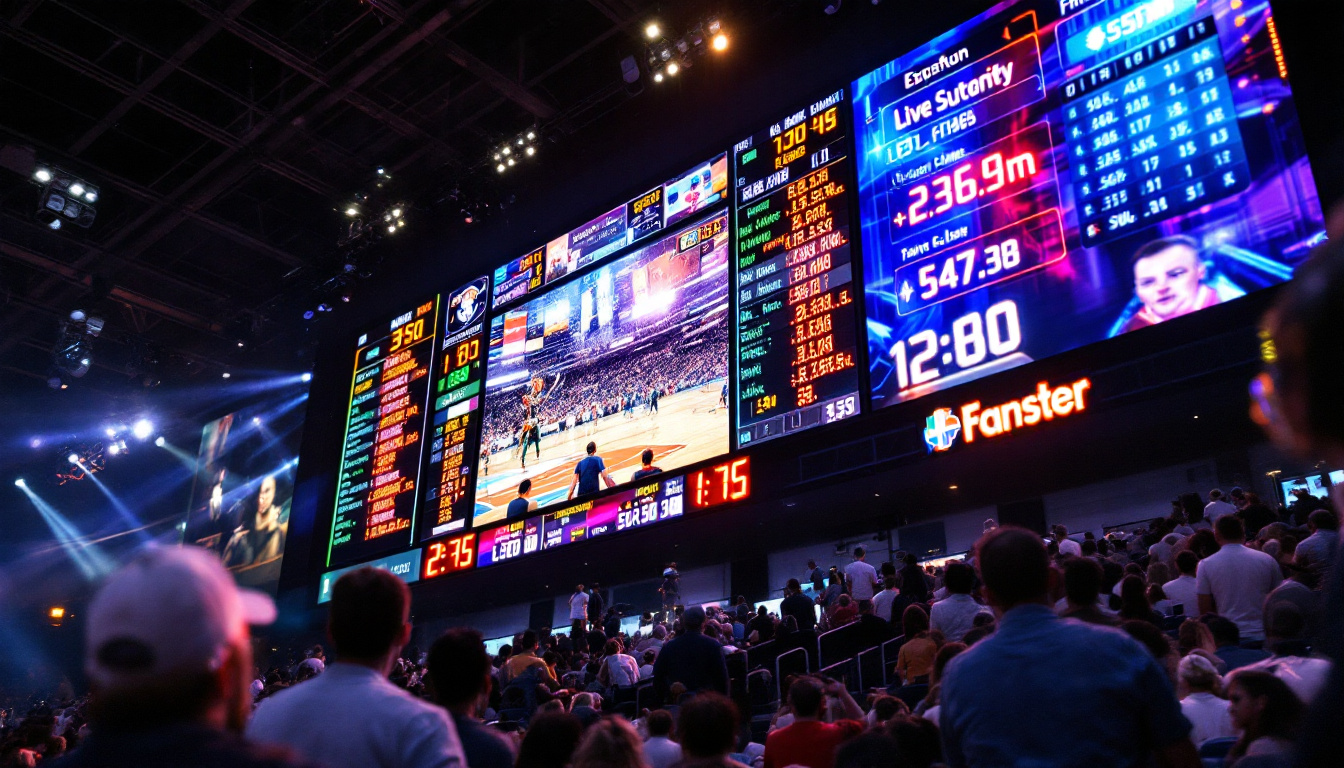In the fast-paced world of air travel, timely and accurate information is crucial for passengers and airline staff alike. Flight Information Displays (FIDs) play a vital role in ensuring that travelers are kept informed about their flights. With advancements in technology, LED displays have become the go-to solution for airports and airlines. This article delves into the workings of LED displays in FIDs, their advantages, and their impact on the travel experience.
Understanding Flight Information Displays
Flight Information Displays are electronic systems that provide real-time updates about flight schedules, gate changes, delays, and other essential information. These displays are strategically located throughout airports, including check-in areas, boarding gates, and baggage claim zones. They serve as a primary source of information for passengers, helping them navigate the often complex environment of an airport. In addition to guiding travelers, these displays also play a vital role in enhancing operational efficiency for airlines and airport staff by reducing the number of inquiries made at information desks.
The Role of LED Technology
Light Emitting Diodes (LEDs) are a type of solid-state lighting that has transformed the way information is displayed. Unlike traditional LCD screens, LED displays offer brighter images, better visibility in various lighting conditions, and lower energy consumption. This technology has made it possible for airports to provide clear and concise information to passengers, even in high-traffic areas. Furthermore, the longevity of LED technology reduces maintenance costs and downtime, allowing airports to maintain a consistent flow of information without interruptions.
LED displays can be configured in various sizes and shapes, allowing for flexibility in design. From large video walls to small screens at check-in kiosks, the versatility of LED technology enables airports to optimize their information delivery systems. Additionally, advancements in LED technology have led to the development of interactive displays that can engage passengers, providing them with personalized information such as flight status updates or wayfinding assistance, enhancing their overall travel experience.
Components of Flight Information Displays
FIDs consist of several key components that work together to deliver real-time information. These include:
- Display Panels: The most visible part of a FID, display panels can vary in size and resolution, depending on their location and purpose.
- Data Sources: FIDs rely on multiple data sources to gather information, including airline databases, air traffic control systems, and weather services.
- Control Systems: These systems manage the content displayed on the screens, ensuring that information is updated in real-time.
Each component plays a crucial role in ensuring that passengers receive accurate and timely information, contributing to a smoother travel experience. Moreover, the integration of artificial intelligence and machine learning into these systems is paving the way for predictive analytics, which can anticipate delays based on historical data and current conditions. This proactive approach not only keeps passengers informed but also allows airlines to manage their operations more effectively, ultimately leading to enhanced customer satisfaction and loyalty.
Advantages of LED Displays in Flight Information Systems
The adoption of LED technology in Flight Information Displays offers numerous advantages that enhance both functionality and user experience. Here are some key benefits:
Enhanced Visibility and Clarity
One of the most significant advantages of LED displays is their superior visibility. The brightness of LED screens ensures that information is easily readable, even in bright sunlight or dimly lit areas. This is particularly important in airports, where passengers may be looking for information while on the move.
Furthermore, LED displays can present information in various formats, including text, graphics, and animations. This flexibility allows airports to convey messages more effectively, ensuring that passengers understand important updates at a glance. The use of high-resolution displays can also enhance the clarity of flight information, making it easier for travelers to identify their flight details without straining their eyes. As a result, the overall flow of passenger movement through the airport can be improved, reducing congestion and enhancing the travel experience.
Energy Efficiency and Sustainability
LED technology is known for its energy efficiency, consuming significantly less power than traditional display technologies. This not only reduces operational costs for airports but also contributes to sustainability efforts. By using less energy, airports can lower their carbon footprint, aligning with global initiatives to promote environmentally friendly practices in the aviation industry.
Moreover, the longevity of LED displays means that they require less frequent replacements, further reducing waste and resource consumption over time. The durability of LED technology also means that these displays can withstand the rigors of airport environments, including temperature fluctuations and high foot traffic, which further enhances their sustainability profile. Additionally, many airports are now exploring the use of solar panels to power these displays, creating a self-sustaining energy cycle that benefits both the facility and the environment.
Real-Time Updates and Integration
LED displays can be integrated with various data sources, allowing for real-time updates. This capability is essential for keeping passengers informed about flight status changes, gate assignments, and delays. With the ability to update information dynamically, airports can respond quickly to changing circumstances, enhancing the overall travel experience.
Additionally, integration with mobile applications and other digital platforms allows passengers to receive notifications on their devices, ensuring they are always informed, even before arriving at the airport. This seamless connectivity not only improves passenger satisfaction but also encourages a more organized boarding process. As travelers receive timely updates on their smartphones, they can plan their movements within the airport more effectively, leading to a more relaxed atmosphere. Furthermore, the ability to display multilingual information on LED screens caters to the diverse international traveler demographic, ensuring that everyone can access crucial flight information without language barriers.
Design Considerations for Flight Information Displays
The design of Flight Information Displays is crucial for their effectiveness. Airports must consider various factors to ensure that the displays meet the needs of passengers and staff alike.
Location and Placement
Strategic placement of FIDs is essential for maximizing visibility and accessibility. Displays should be located in high-traffic areas where passengers are most likely to seek information. This includes check-in counters, security checkpoints, and boarding gates.
Moreover, the height and angle of the displays should be optimized to ensure that information is easily viewable from various distances and angles. This consideration is particularly important for larger airports, where passengers may be navigating through crowded spaces.
Content Management and Design
Effective content management is vital for ensuring that information is clear and concise. Displays should prioritize essential information, such as flight numbers, destinations, and departure times, while minimizing clutter. Using a clean and straightforward design helps passengers quickly locate the information they need.
Additionally, incorporating visual elements such as icons and color coding can enhance comprehension. For instance, using different colors to indicate flight status—such as green for on time, yellow for delayed, and red for canceled—can help passengers quickly assess their situation.
Challenges and Considerations
While the benefits of LED displays in Flight Information Displays are substantial, there are also challenges and considerations that airports must address.
Technical Issues and Maintenance
Like any technology, LED displays can encounter technical issues that require prompt attention. Regular maintenance is essential to ensure that displays function correctly and provide accurate information. This includes routine checks of the hardware, software updates, and cleaning of the display panels to maintain visibility.
Airports must also have contingency plans in place in case of system failures. Backup systems or alternative communication methods should be available to ensure that passengers can still receive critical information during outages.
Cost Considerations
While LED technology offers long-term savings due to energy efficiency and durability, the initial investment can be significant. Airports must weigh the costs against the benefits, considering factors such as installation, maintenance, and potential upgrades.
In many cases, the long-term advantages of LED displays—such as reduced operational costs and improved passenger experience—justify the initial expenditure. However, careful budgeting and planning are essential to ensure that airports can effectively implement these systems.
The Future of Flight Information Displays
The landscape of Flight Information Displays is continually evolving, driven by advancements in technology and changing passenger expectations. As airports seek to enhance the travel experience, several trends are emerging.
Integration with Smart Technology
As smart technology becomes more prevalent, airports are exploring ways to integrate FIDs with mobile applications and other digital platforms. This integration allows for seamless communication between the airport and passengers, providing real-time updates directly to their smartphones.
Additionally, the use of artificial intelligence (AI) and machine learning can enhance the accuracy of flight information, predicting delays based on historical data and real-time conditions. This proactive approach can significantly improve passenger satisfaction by keeping them informed before they even arrive at the airport.
Interactive Displays and User Engagement
Interactive displays are gaining traction as airports look to engage passengers in new ways. Touchscreen technology allows travelers to access personalized information, such as directions to their gate or nearby amenities. This level of interactivity can enhance the overall travel experience, making it more enjoyable and efficient.
Furthermore, incorporating social media feeds and live updates can create a more dynamic environment, keeping passengers engaged and informed about their travel journey.
Conclusion
Flight Information Displays equipped with LED technology have transformed the way airports communicate with passengers. Their enhanced visibility, energy efficiency, and ability to provide real-time updates make them an invaluable tool in the aviation industry. As technology continues to evolve, the future of FIDs promises even greater integration, interactivity, and user engagement, ultimately leading to a more seamless travel experience.
Airports that embrace these advancements will not only improve operational efficiency but also enhance passenger satisfaction, paving the way for a more connected and informed travel experience.
Discover the Future of Visual Communication with LumenMatrix
As you consider the advancements in Flight Information Displays and the seamless travel experience they provide, imagine the potential impact on your own business or facility. LumenMatrix is at the forefront of this technological revolution, offering a wide array of LED display solutions that bring your brand to life. From Indoor and Outdoor LED Wall Displays to innovative options like Vehicle, Sports, and Floor LED Displays, our products are designed to captivate and engage. Experience the difference with our Custom, All-in-One, and Transparent LED Displays, and take the first step towards transforming your visual communication. Check out LumenMatrix LED Display Solutions today and see how we can help you share your message with unparalleled impact and clarity.

